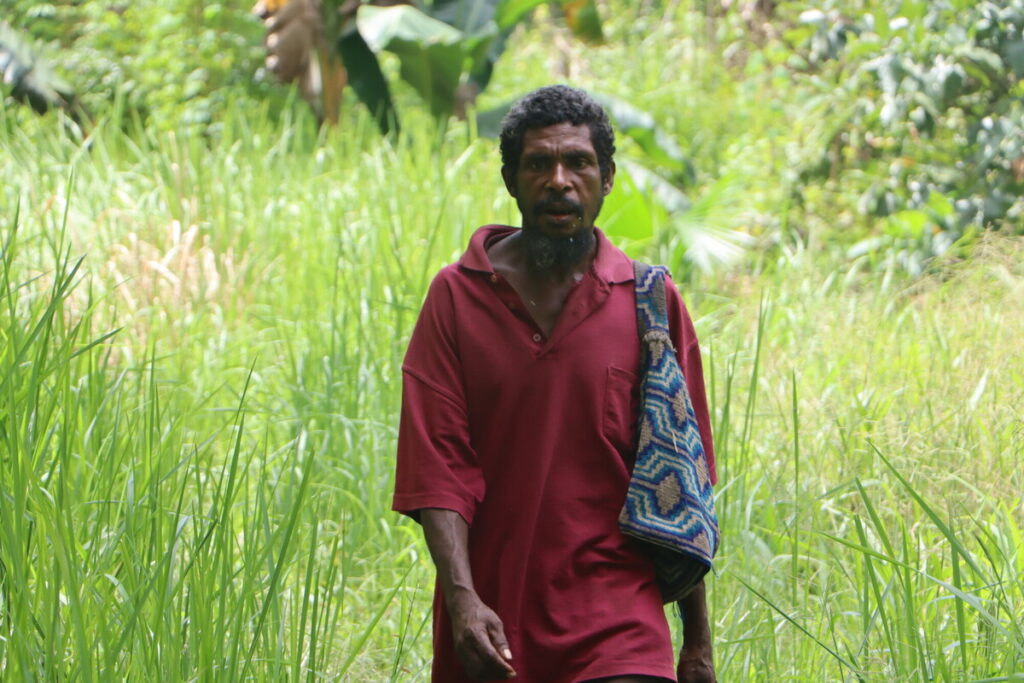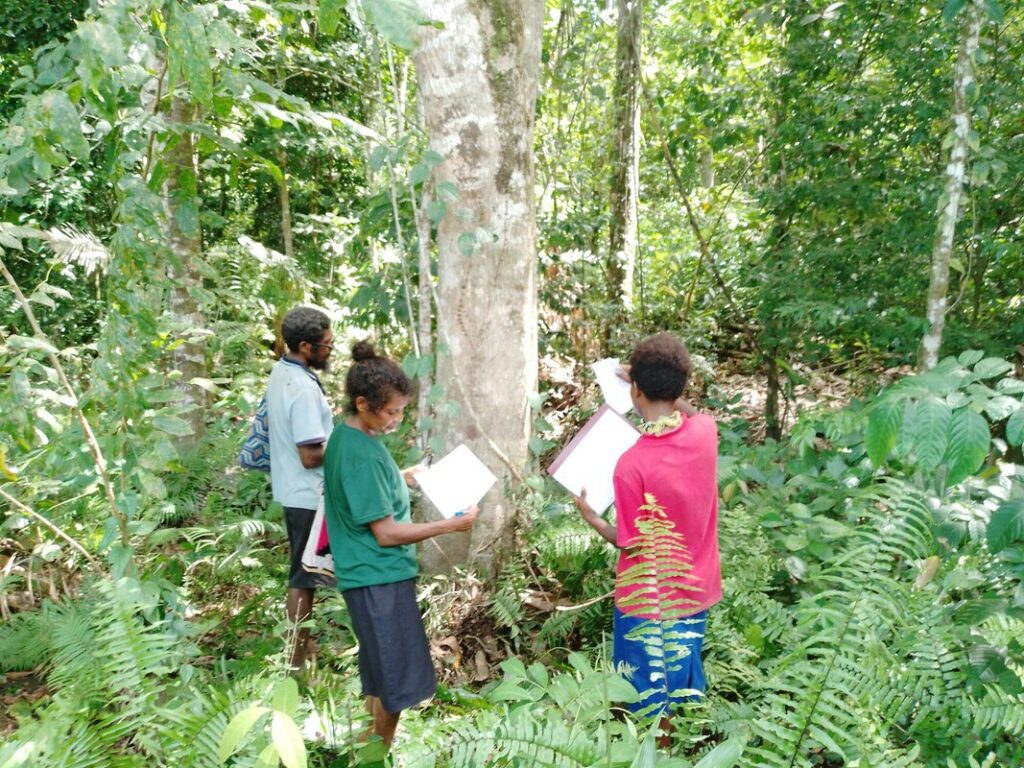
How one community is protecting 16,500 hectares of rainforest
The local communities of Papua New Guinea have a deep connection to their rainforest.
For Seseni, he has lived in the Papua New Guinea rainforest all his life. His father is the chief of the small village Sololo, and his family have been proud guardians of the forest here for generations.
For them, the rainforest is not just a home. It is like a mother.
“Her trees give timber for our homes, her streams give us water to drink, her plants give us medicine when we are ill, and her soil gives us food to sustain us,” Seseni says. “Therefore, we protect our mother at all costs.”
But in recent years, those costs have grown unbearable.

“How Can We Give Up Our Mother?”
The 16,500 hectares of forest around Sololo are now targeted by loggers and oil palm companies eager to claim its resources. They come not only with promises of development, but with offers of easy money in exchange for people’s land and trees.
No one in Sololo wants to abandon their mother forest. Yet the community needs more than she can now provide.
Families need stronger homes as the climate shifts; they need reliable income beyond what they can earn from small-scale farming or weaving; and they need basic goods like sugar, soap and school supplies, which the forest cannot supply.
“We had no roofing irons, no proper toilets, no clean water tanks and no steady income,” Seseni explains. He understood why some neighbours might be tempted by immediate cash. Yet the idea of losing the forest broke his heart. “How can we give up our mother to a company that will destroy it?”

The Cool Earth Approach to Rainforest Protection
For years, it felt like an impossible dilemma: to gain the things money can buy, they would have to give up their trees. To keep their trees, they would have to give up those essentials. That remained the case until 2018, when we began partnering with the community.
Like the loggers, we came with cash. But unlike the loggers, our support was unconditional. No-strings attached funding for the community to spend as it saw fit. Our aim was not to claim land, but to protect it. The nine million trees around Sololo remove an estimated 7.2 million tonnes of carbon from the atmosphere each year, making the area an invaluable carbon sink. Losing it would release huge amounts of greenhouse gases, further heating the planet and fuelling extreme weather.
“We have never received anything from the government or any other organisation,” says Seseni. “Cool Earth is the only organisation that has helped us so much in terms of locally led projects and they ask for nothing in return.”

Protecting Mother Forest for Generations
This approach gives power back to the real experts in rainforest protection. The Indigenous peoples and local communities who have safeguarded these forests for generations. With a steady income stream, communities can refuse loggers and invest in what they most need.
In Sololo, they launched their own roofing iron project, already supporting more than 20 families and strengthening homes against climate impacts.
“We don’t want to give up our rainforest, we want it to remain intact for future generations. Our ancestors protected our mother, we protect her now, and our children will continue to protect her tomorrow.”
“We thank Cool Earth for coming to Sololo and helping us protect our mother” says Seseni. “If it wasn’t for them, we would have already sold our trees, and our mother would have been destroyed”.
That’s quite a legacy to be part of.
Stand With Sololo this December
This December, you can stand with Seseni and the people of Sololo as they continue to protect their rainforest.
From Monday 1st to 31st of December, every pound you give will be matched at no extra cost to you as part of our match funded campaign.
Your support will ensure families have the resources they need to say no to loggers and protect the rainforest for generations to come.